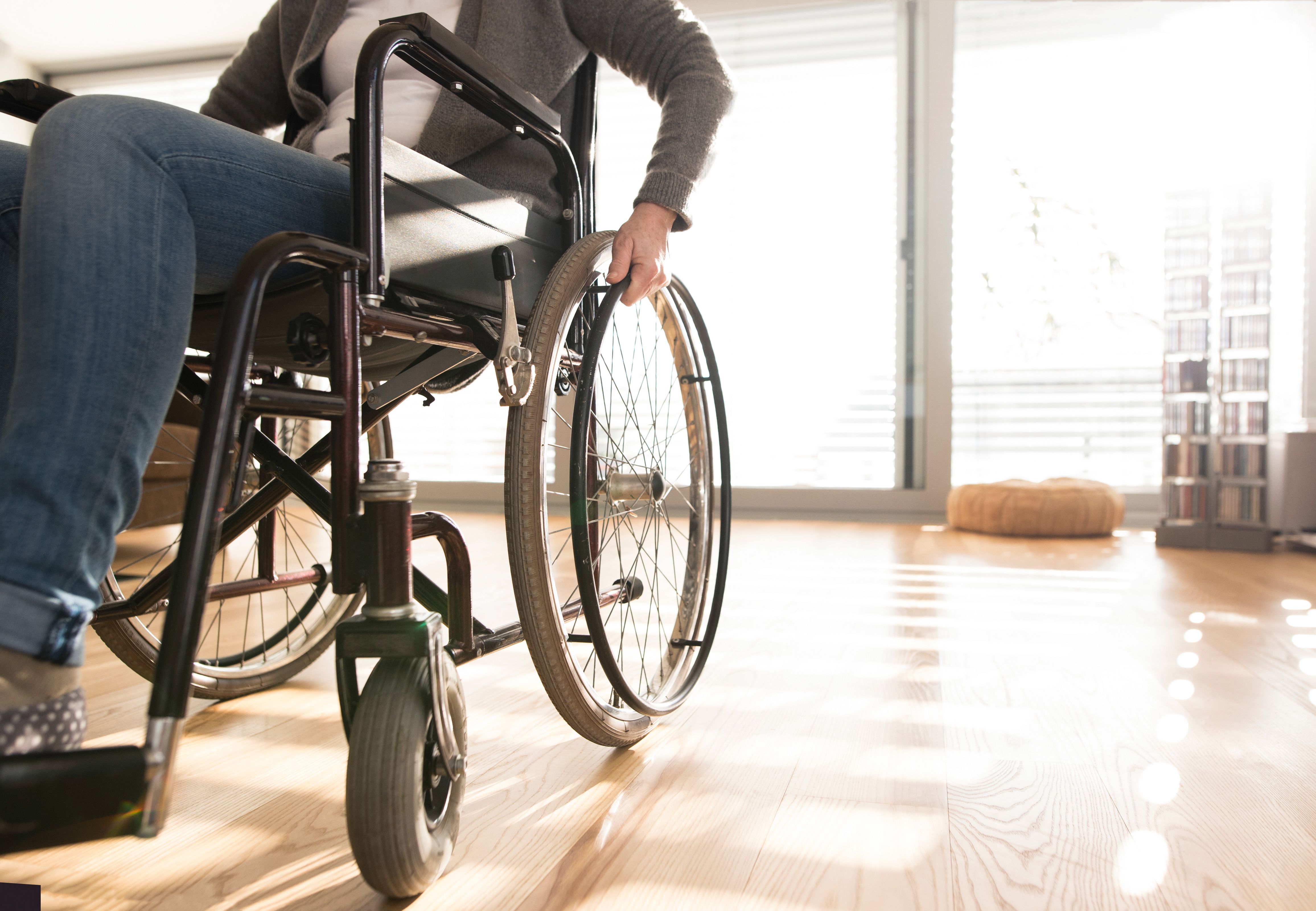High rates of unintended pregnancy in women with disabilities
New research indicates that unintended pregnancy is much more likely in women with than without disabilities

New research indicates that unintended pregnancy is much more likely in women with than without disabilities. Research in the general population indicates that outcomes for both mother and child are better in intended pregnancies, and that may be especially true for those with disabilities, who may have complex medical situations and require additional care.
The objective of the study, which appeared in Perspectives on Sexual and Reproductive Health, was to examine associations between the presence and type of disability and pregnancy intention. The authors hypothesized that a higher proportion of pregnancies would be unintended among women with disabilities than women without disabilities.
Methods
Cross-sectional analyses of data from the 2011-2013 and 2013-2015 waves of the National Survey of Family Growth (NSFG) were performed. The authors classified pregnancies that were unwanted or mistimed as unintended; all other pregnancies were categorized as intended. Disability status and type was originally categorized into six groups: hearing disability, vision disability, cognitive disability, mobility disability, self-care disability, and independent living disability. Although, women with self-care disability represented only 1% of the sample, 80% of them also had mobility disability. To account for this, the authors combined the two categories to create a “physical disability” variable. Covariates for the study included age, race or ethnicity, partner status at the time of conception, education, income, and parity.
Findings
A total of 5,861 pregnancies in 3,089 women were included in the study. Women who reported a disability accounted for 16% of the sample. They were less likely than women without disability to be married or cohabiting (60% vs 77%) or to have a college degree (19% vs 42%), and more likely to be living below the federal poverty line (47% vs 30%). Of all pregnancies in the sample, 39% were unintended, and 17% occurred to women with disabilities. Compared with pregnancies among women without disabilities, a significantly higher proportion of pregnancies that occurred among women with disabilities were unintended (53% vs 36%). The proportion of unintended pregnancies also varied by disability type, ranging from 47% among women with physical disabilities to 62% among women with independent living disability.
In regression analyses that were adjusted for covariates, women with any type of disability were more likely to have an unintended pregnancy than women without disability (OR 1.4). Women with hearing disability, cognitive disability, and independent living disability (OR 1.5 – 1.9) were significantly more likely to have an unintended pregnancy.
Conclusions
The authors believe their findings indicate that women with disabilities had higher odds of unintended pregnancy compared to women without disability. That is concerning, they said, due to the elevated health risks associated with unintended pregnancies along with the extra care a patient with a disability may require during her pregnancy. However, further research is necessary to better understand the reasons for the high rates of unintended pregnancy in this population. It is also important, they said, to ensure that sex education includes individuals with disabilities and appropriate accommodations are necessary to facilitate learning.
S1E4: Dr. Kristina Adams-Waldorf: Pandemics, pathogens and perseverance
July 16th 2020This episode of Pap Talk by Contemporary OB/GYN features an interview with Dr. Kristina Adams-Waldorf, Professor in the Department of Obstetrics and Gynecology and Adjunct Professor in Global Health at the University of Washington (UW) School of Medicine in Seattle.
Listen
Study shows a healthy prenatal diet could be upstream obesity prevention strategy
December 26th 2024"Our findings support the recommendation of a healthy diet based on the current guidelines (as measured by the HEI) during pregnancy, since it may reduce patterns of infant growth outside reference ranges."
Read More
Early pregnancy cannabis use high in states with recreational legalization
November 11th 2024A population-based time-series analysis California before, during and after legalization show a rising trend in women using cannabis while pregnancy especially when the state has legalized the drug.
Read More
